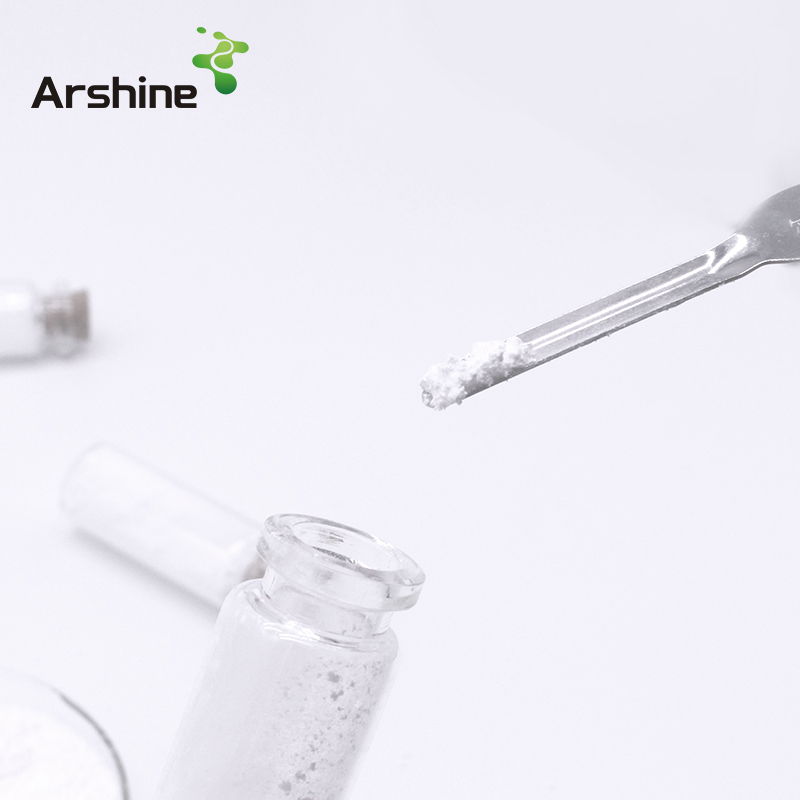Home >> Products >> Amino Acids

Aspartic acid (abbreviatedas D-AA, Asp, or D) is an α-amino acid with the chemical formulaHOOCCH(NH2)CH2COOH. The carboxylate anion and salts of aspartic acid are knownas aspartate. The L-isomer of aspartate is one of the 22 proteinogenic aminoacids, i.e., the building blocks of proteins. Its codons are GAU and GAC.
Introduction
Aspartic acid (abbreviatedas D-AA, Asp, or D) is an α-amino acid with the chemical formulaHOOCCH(NH2)CH2COOH. The carboxylate anion and salts of aspartic acid are knownas aspartate. The L-isomer of aspartate is one of the 22 proteinogenic aminoacids, i.e., the building blocks of proteins. Its codons are GAU and GAC.
Aspartic acid is,together with glutamic acid, classified as an acidic amino acid with a pKa of3.9, however in a peptide the pKa is highly dependent on the local environment.A pKa as high as 14 is not at all uncommon. Aspartate is pervasive inbiosynthesis. As with all amino acids, the presence of acid protons depends onthe residue's local chemical environment and the pH of the solution.
Functions and Applications
1. It is widely used in freshening agent and antiseptic in food industry and can be used as substitute for monosodium glutamate.
2. In medicine industry, it is mainly used as heart disease medicine, liver function accelerant, ammonia antidote, fatigue eliminating medicament and one component of amino acid transfusion.
3. It is also used in industry widely.

Inquiry
Address
Add: Block 14, No.100, Luyun Road,Changsha 410205,China.
Follow Us
Copyright © Arshine Pharmaceutical Co., Limited All Rights Reserved | SITEMAP Technical Support: 



